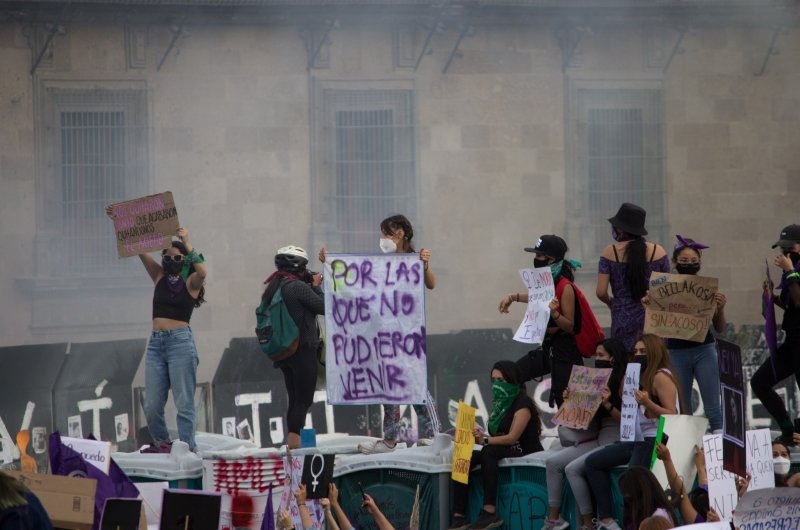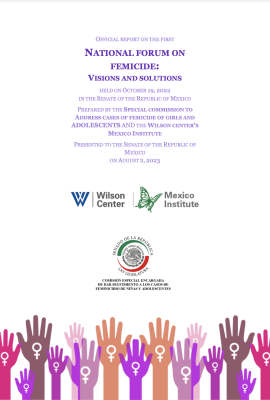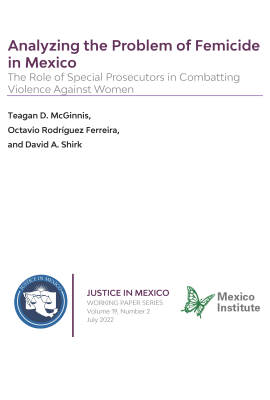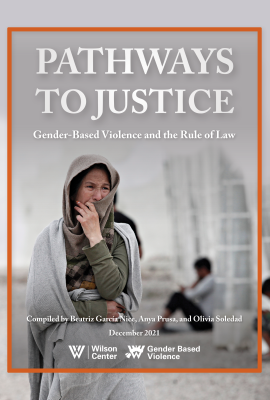Engendering Safety: Addressing Femicide in Mexico
The Mexico Institute’s “Engendering Safety: Addressing Femicide in Mexico” initiative brings together major voices to 1) raise awareness, 2) explore the driving factors and enabling environment, and 3) outline action items – both for government and for civil society – that could help reduce and ultimately eradicate femicide in Mexico. To achieve these increasingly complex goals, the MI will host a series of multidisciplinary events and consultations to help inform a report that addresses Mexico’s legal and judicial framework, develop policy proposals, and identify best practices to reduce rising femicide rates.

Explore more related to this collection

Mexico Institute
The Mexico Institute seeks to improve understanding, communication, and cooperation between Mexico and the United States by promoting original research, encouraging public discussion, and proposing policy options for enhancing the bilateral relationship. A binational Advisory Board, chaired by Luis Téllez and Earl Anthony Wayne, oversees the work of the Mexico Institute. Read more












